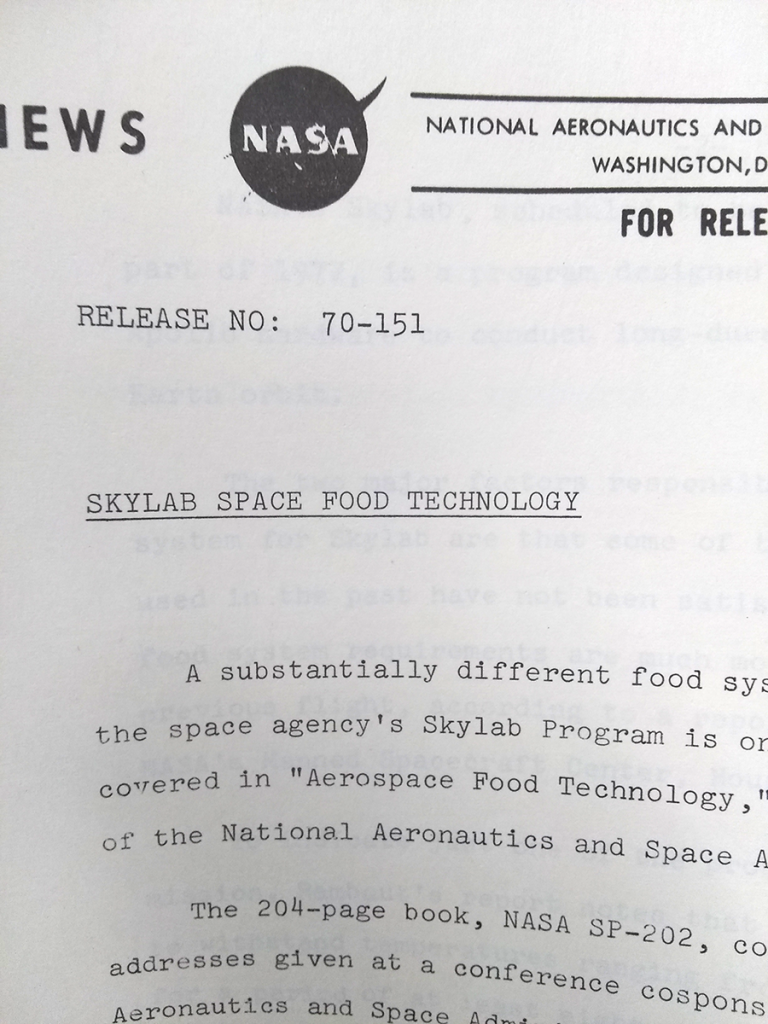
Space food: it’s an immensely difficult challenge on many fronts, though we understand that – as on Earth – hot sauce makes everything better.
Discoveries in the Physics & Astronomy shop | Science, curiosities, and surprises

Space food: it’s an immensely difficult challenge on many fronts, though we understand that – as on Earth – hot sauce makes everything better.
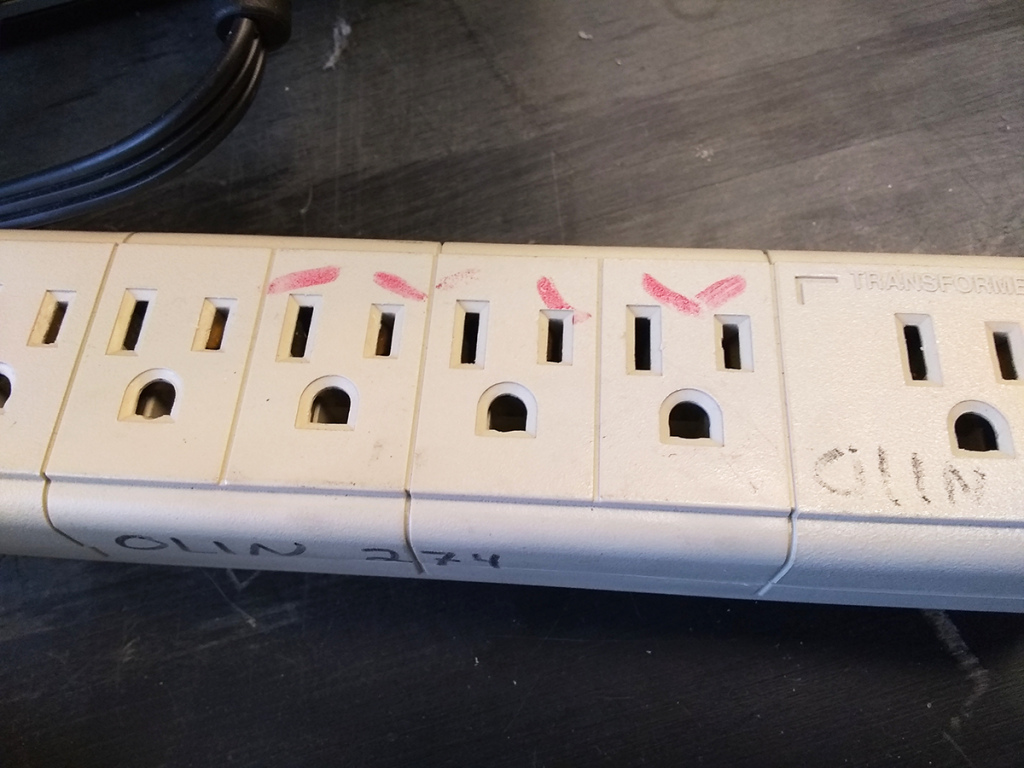
The choice of eyebrows makes a surprising difference in interpretation. Clearly someone was having fun with a red marker.
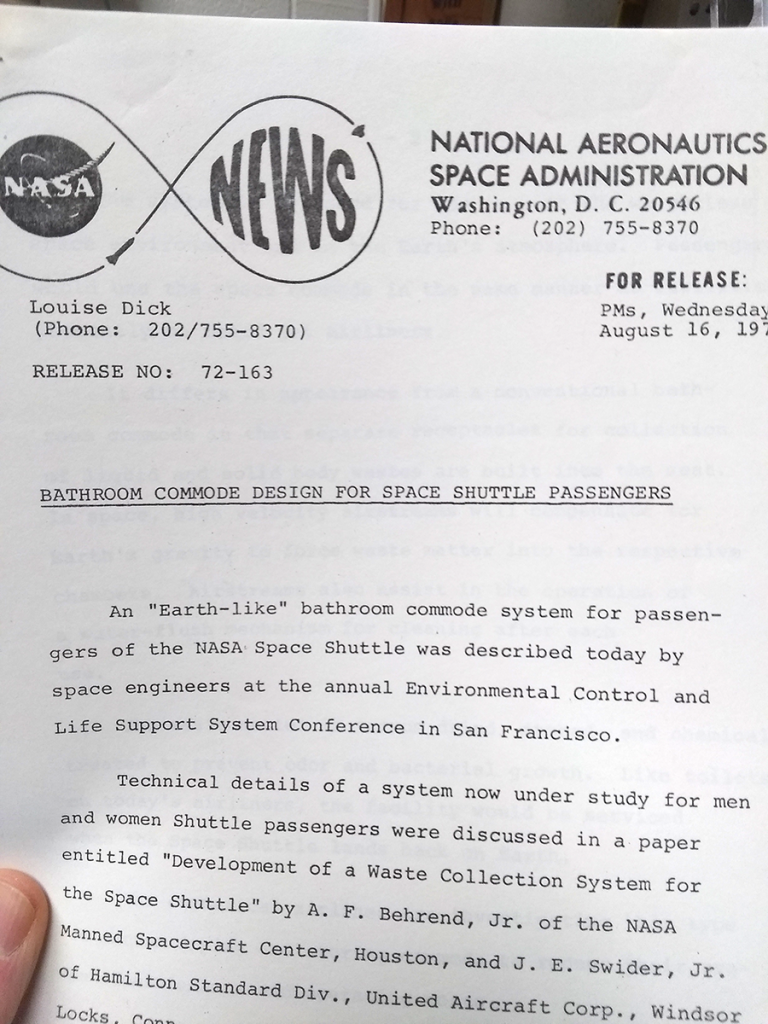
In cleaning out decades of old papers, attempting to determine what’s worth saving, one occasionally stumbles across the in-betweens: those bits worth remarking upon, but not worth keeping.
For those who’ve kept up on reading Mary Roach’s books, the importance and extreme engineering challenges of making a good space toilet are immense. Suffice to say, the problem was far from solved in 1972.
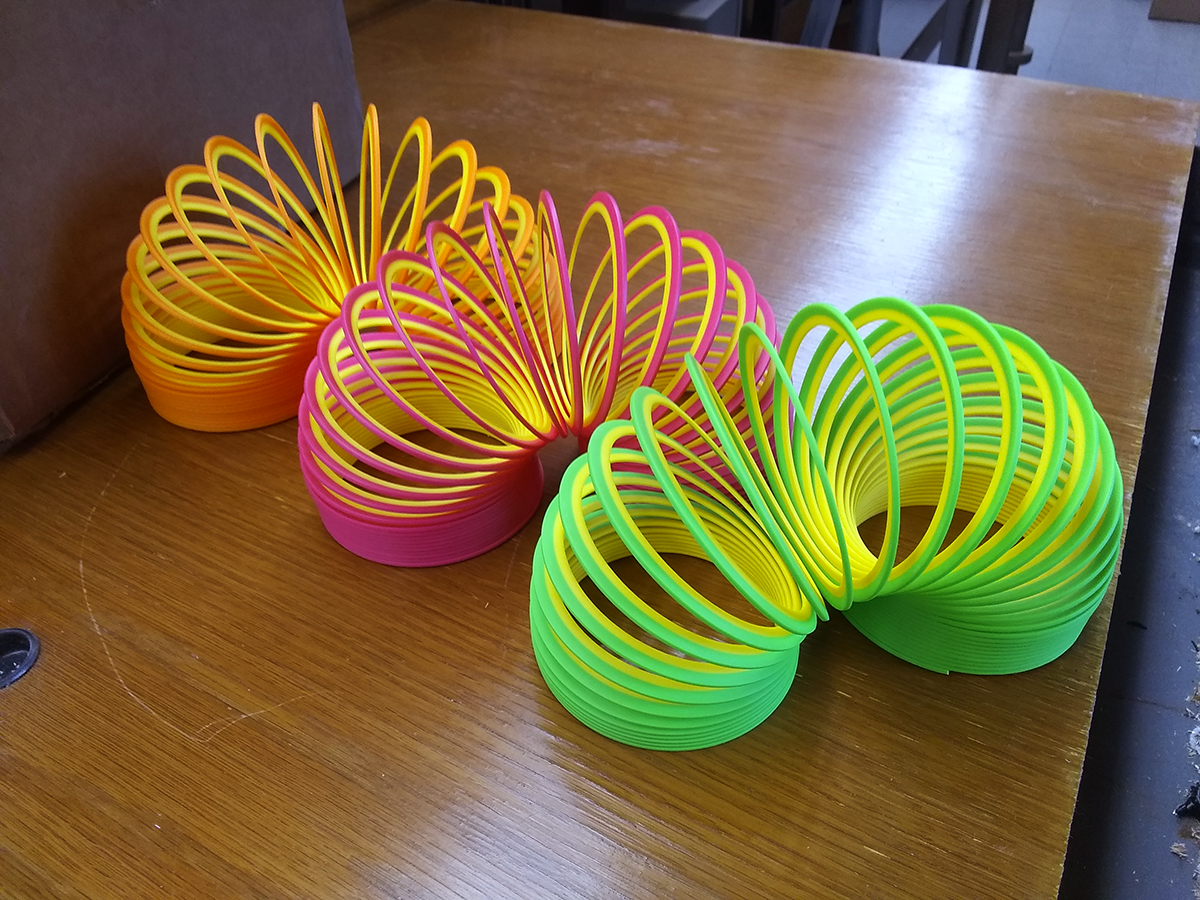
Around here, we get great mileage out of springs, especially when studying waves and oscillations. And few helical coils grab attention quite like a neon-bright Slinky.
Honestly, if you had the choice between eye-searingly bright colors and boring old steel? We hope you’d go for bonus entertainment value, too.
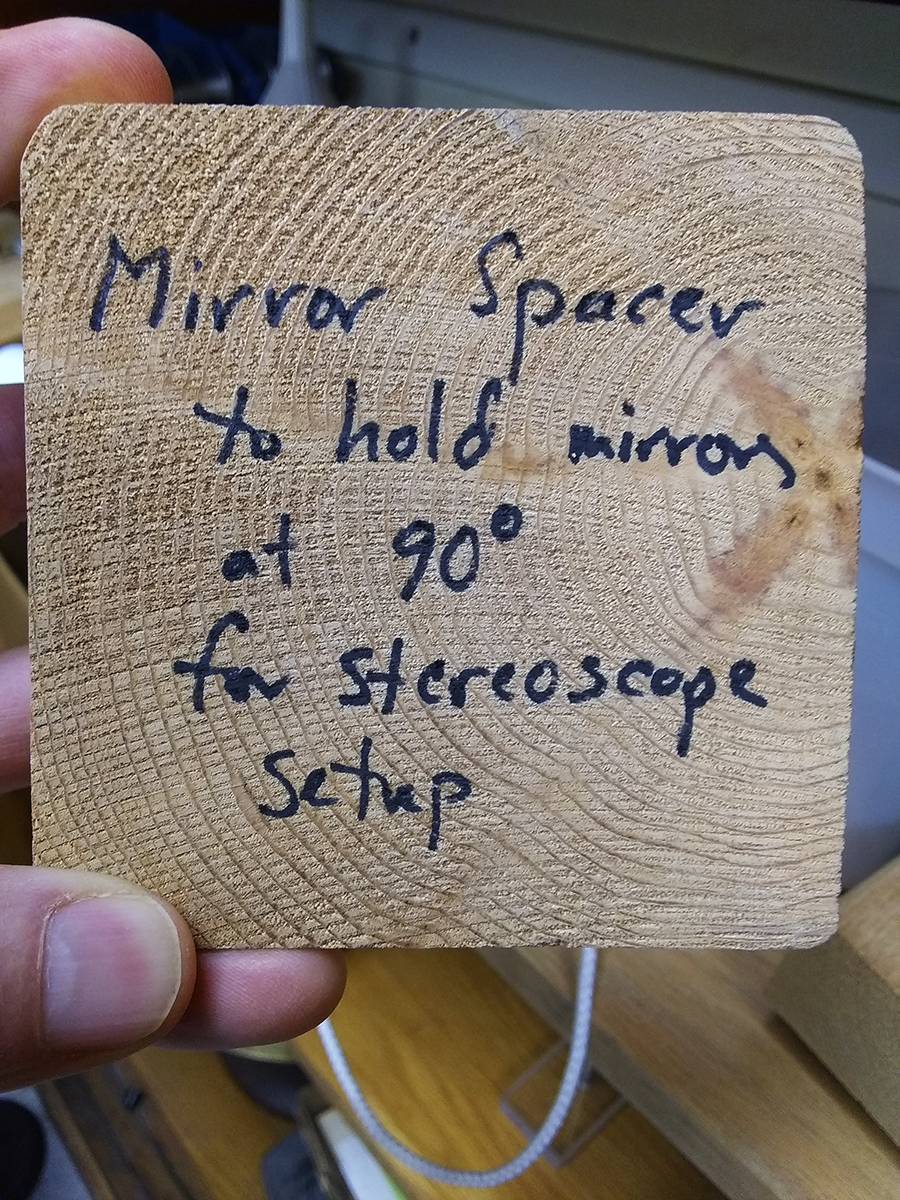
Simple. Effective. Does what it says on the tin.
Who can argue with that?
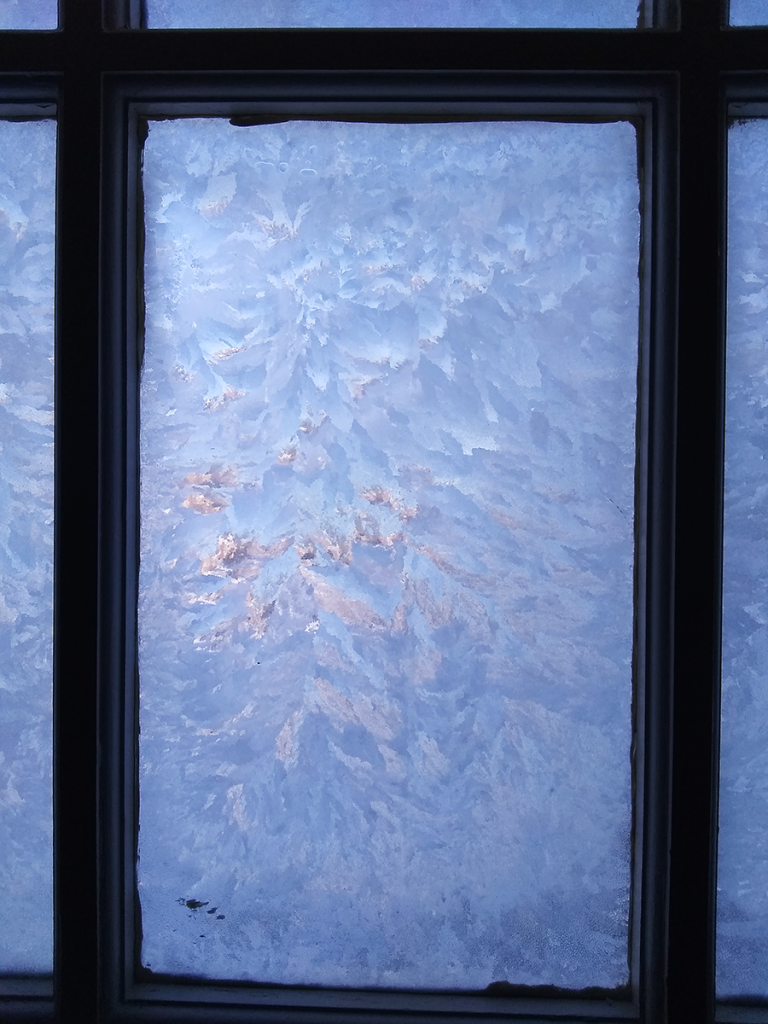
The Observatory’s windows have but a single sheet of glass, which leads to some impressive wintry displays when the temperature differential is just right.
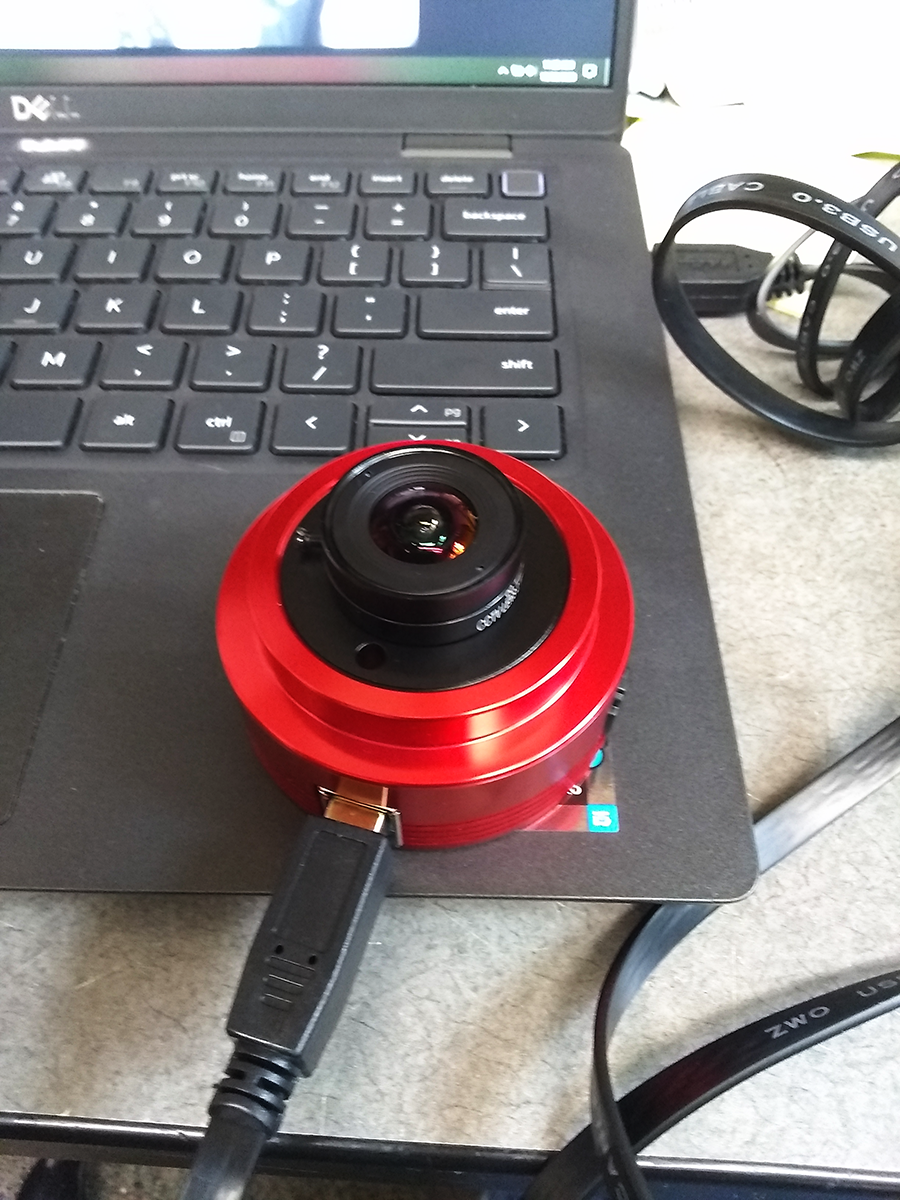
New semester, new classes, same old, same old around the shop. It’s not that we don’t notice the passage of time, just more that we’ve always got stuff to do. Things to sort out. Odd gizmos to tinker with.
Such as this wee little astronomy camera. (Much bigger than the camera portion of your phone, of course.) It’s a planetary camera, meaning it’s capable of a high framerate, even in low-light conditions. Unlike stars, which are effectively point sources, planets have visual size and even detail given reasonable magnification. Cool, right?
Of course, there’s this pesky but essential-for-life atmosphere in the way, and the visual wobbliness it produces – known as seeing – can make some photographs of Jupiter look like you’re peering at it from the bottom of a turbulent lake. Nicht so gut.
The simplest solution is to take a lot of pictures, sometimes compiled as a video, and select the very best ones, those moments in time when the seeing was perfect.
Of course, these cameras also work for other purposes, such as all-sky cameras to check for cloud cover at a remote location, or for meteor activity when you’d rather get some shuteye. Or, for kicks, to see one’s office through a fisheye lens.
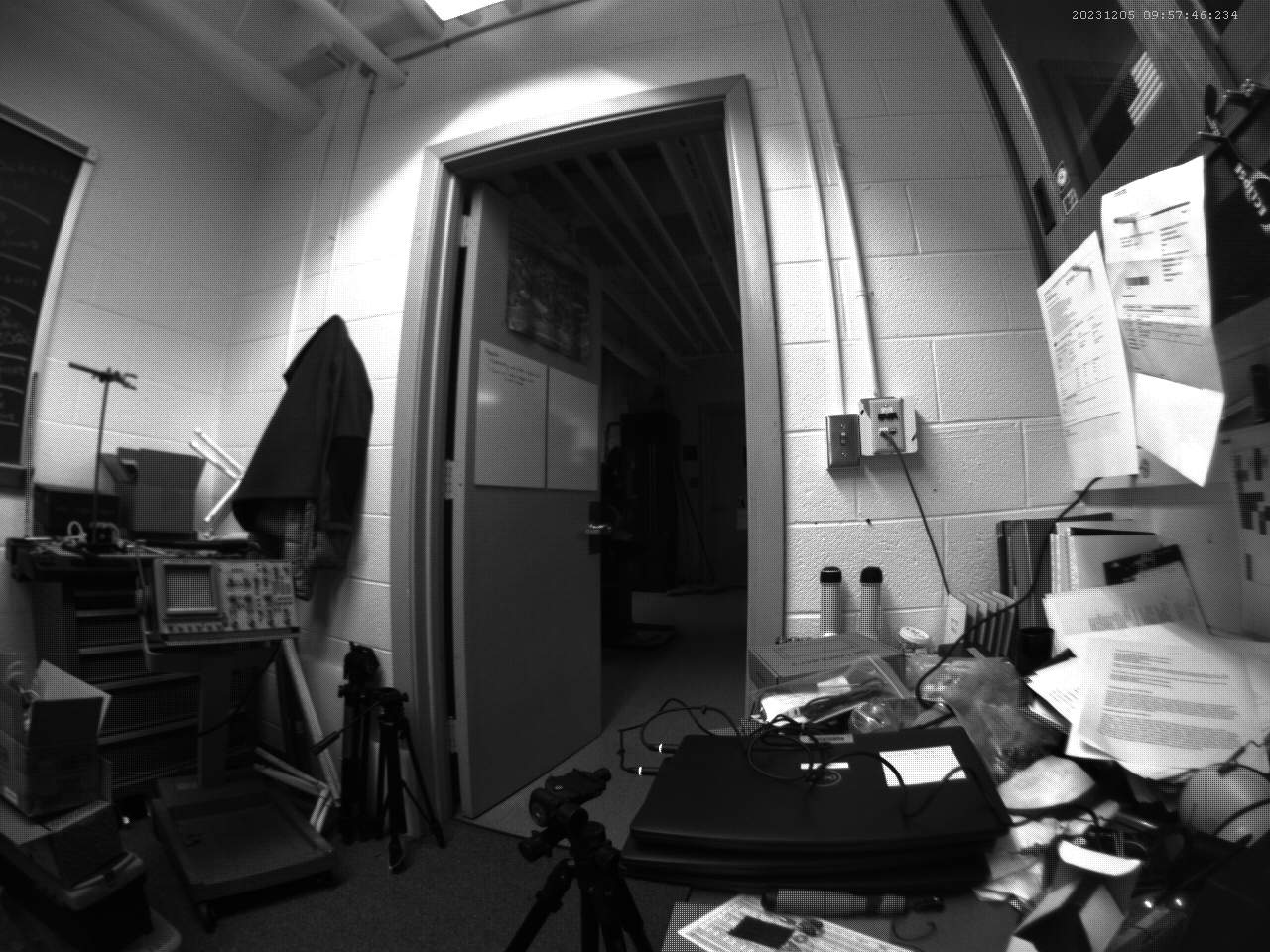
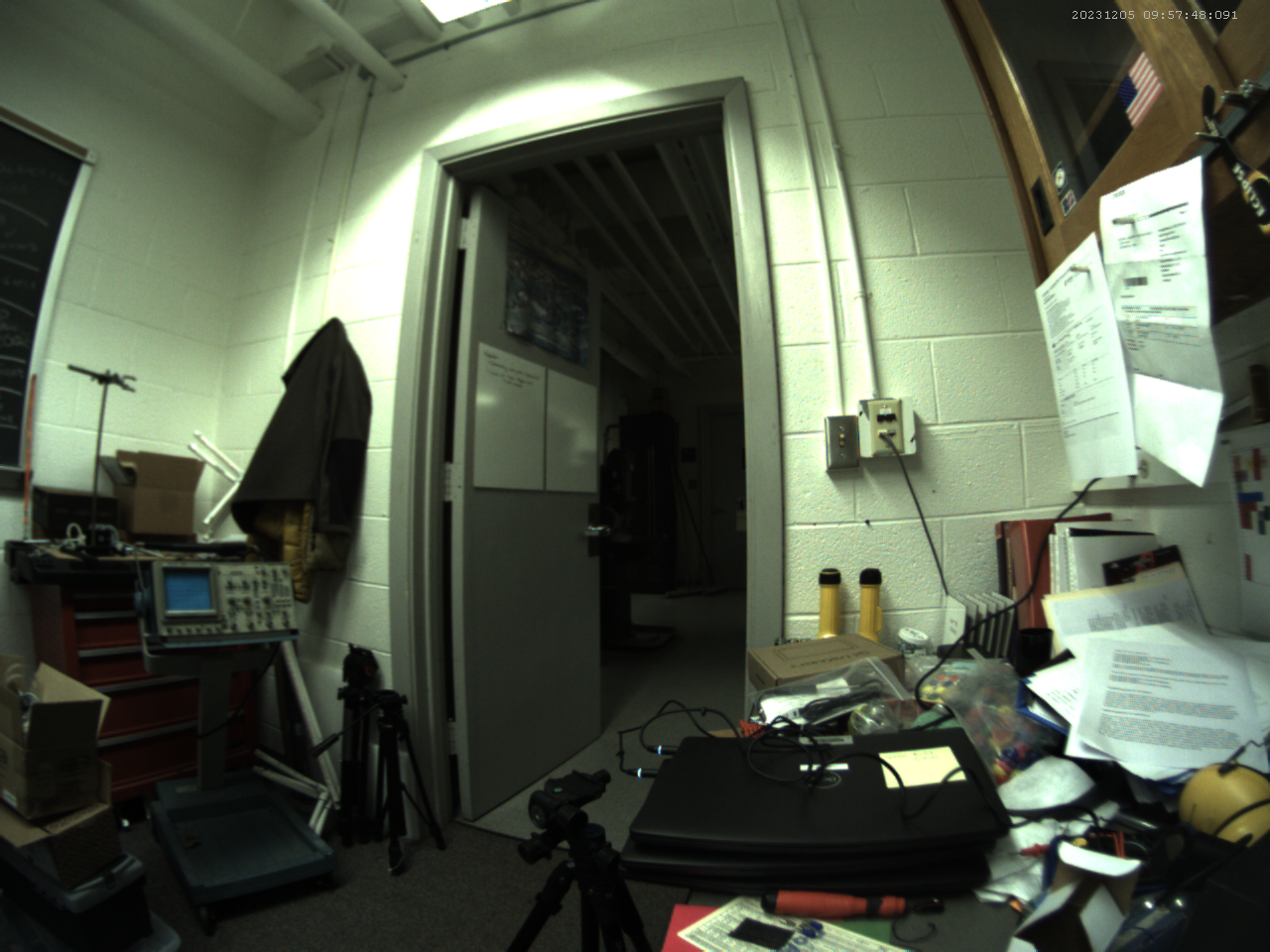
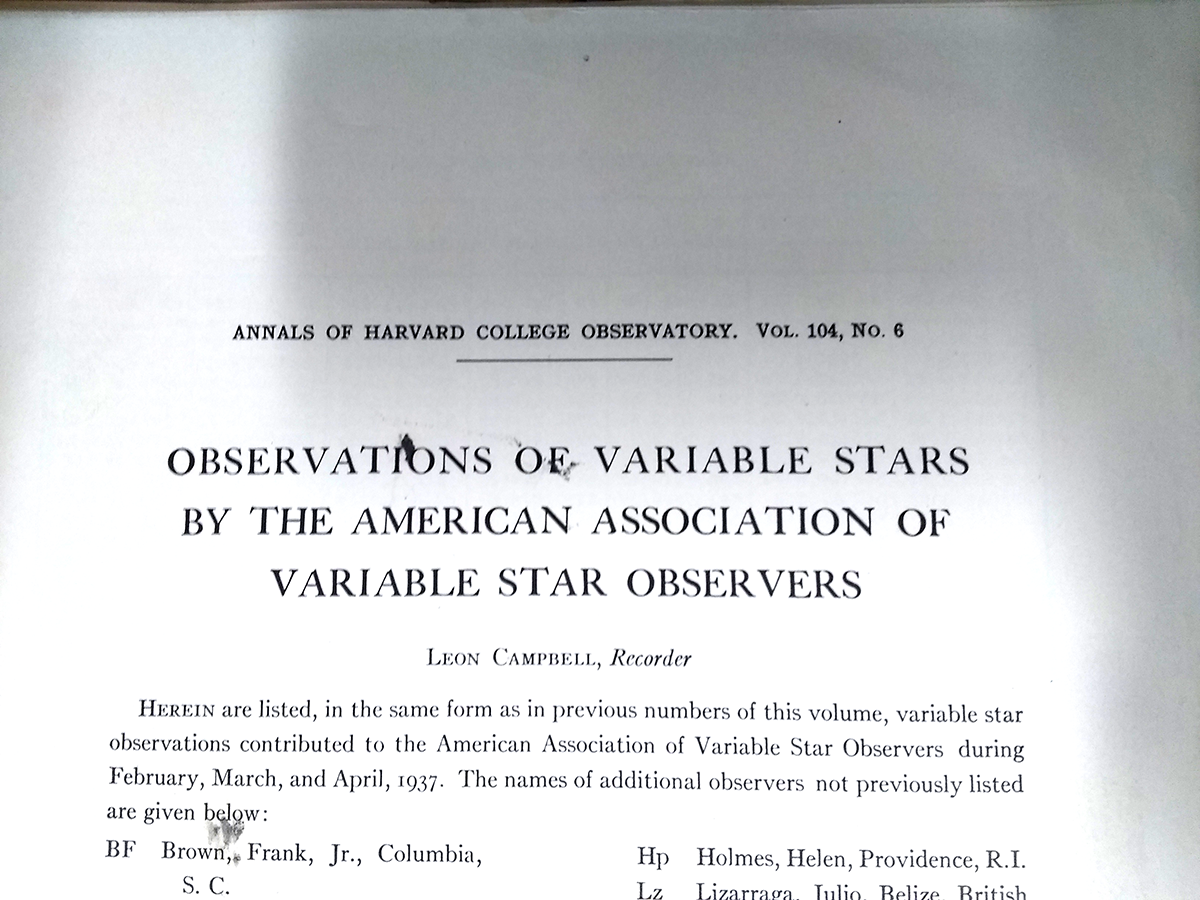
“Observations of Variable Stars by the American Association of Variable Star Observers”
One would expect there’s no better-qualified group for the task.
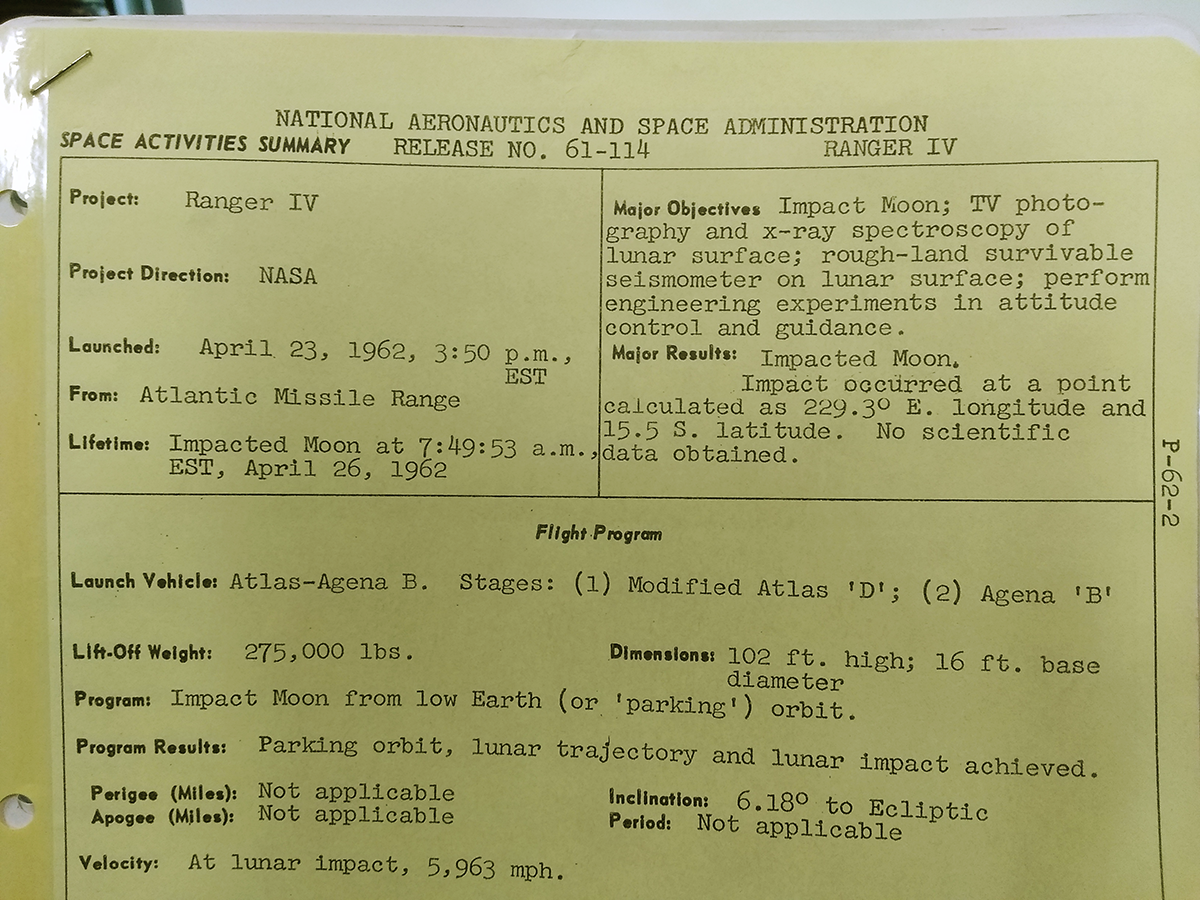
We have several boxes of NASA press releases from the height of the space age, for the simple reason that it’s easier to pack things away than to sort and dispose of junk. None of them are worth much, really, but they can be entertaining. Take this, for example, a summary of the Ranger 4 launch. Not mentioned here, but interesting: Ranger 4 was the first US spacecraft to reach another solar system body.
By crashing into the Moon, as intended. You can read more in a brief summary by Leonard David, or by skimming Wikipedia.
Entertaining bits gleaned from the Space Activities Summary:
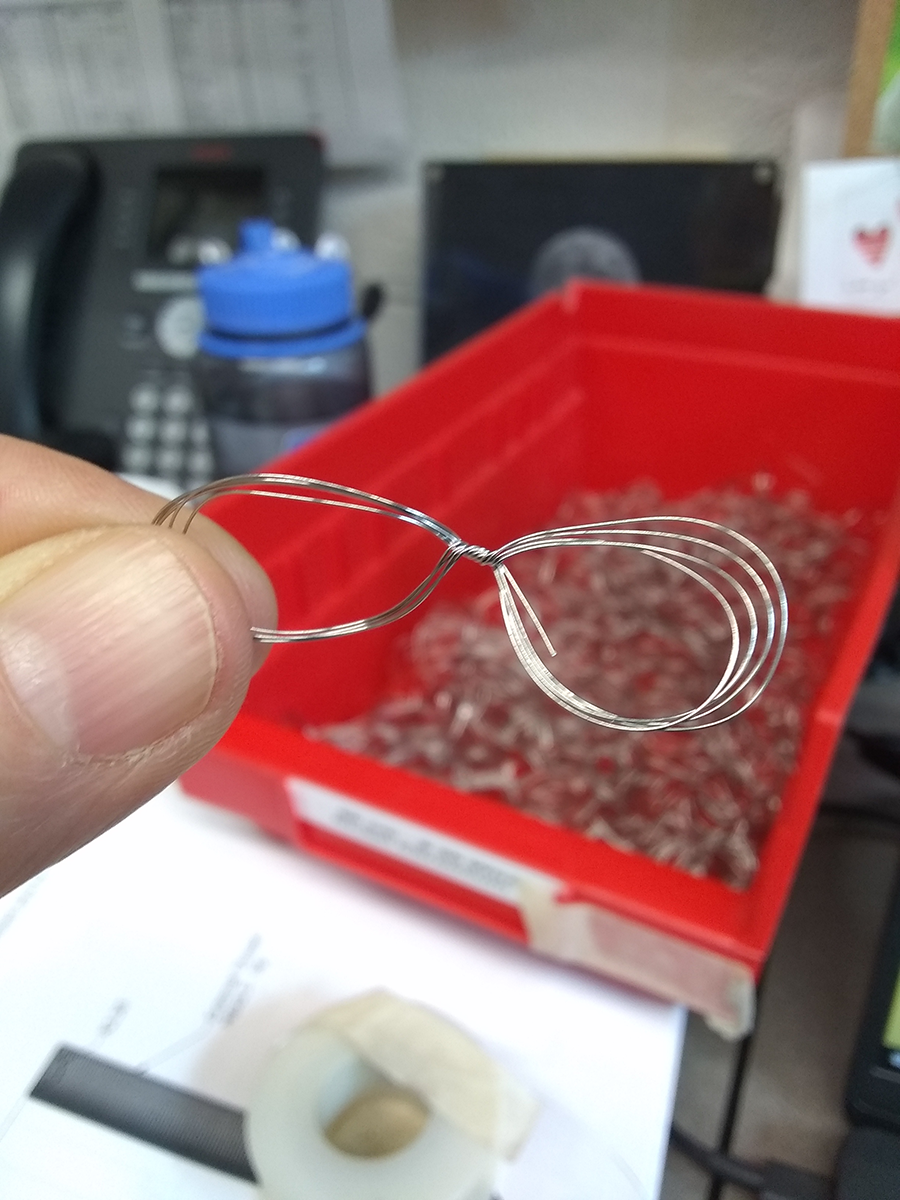
Hundreds of 50cm lengths of #30 AWG nichrome wire, all twisted up and ready to go? Must be toy kit time!
Nichrome – so named for its mostly-nickel-some-chrome alloy composition* – has a fairly high electrical resistance, high melting point, and the added bonus of its tendency to develop a chromium oxide finish which prevents wee bits from sputtering away when it gets blackbody-in-the-visible-spectrum hot. Hence why it’s used inside toasters as a resistive heating element.
* Depends on the specific alloy, technically. Can be as low as 35% nickel, but an 80-20 alloy is common.